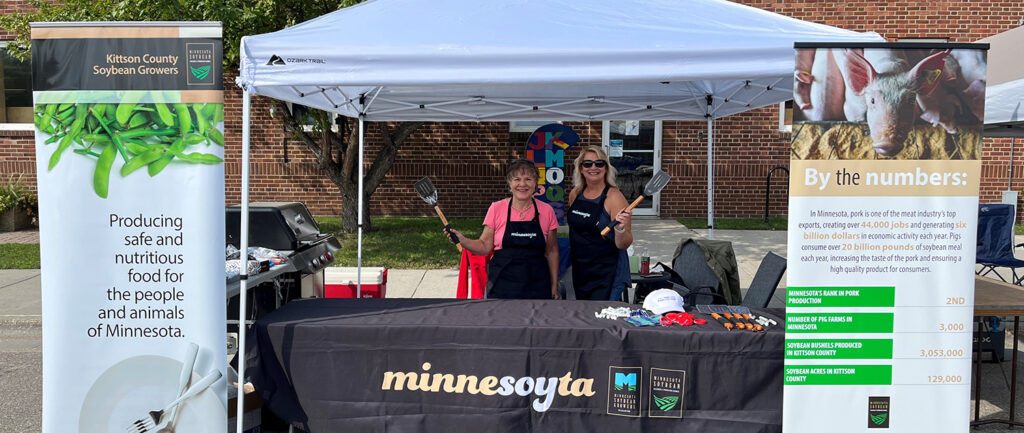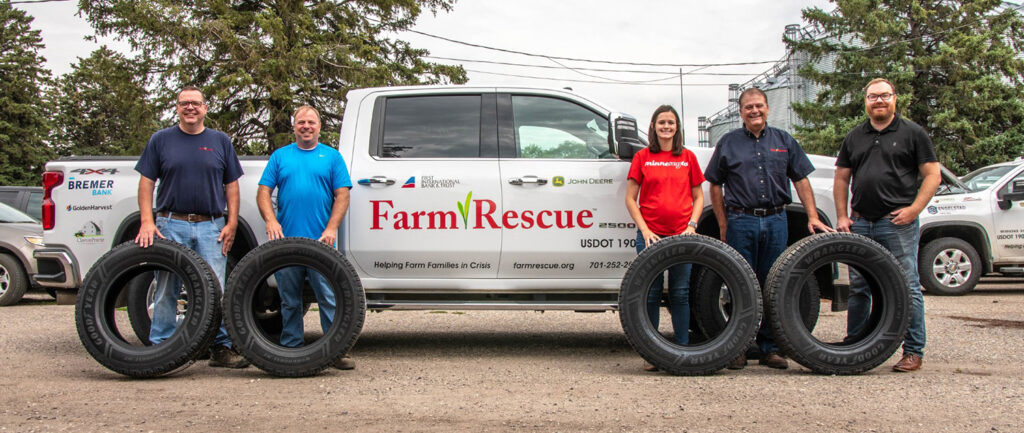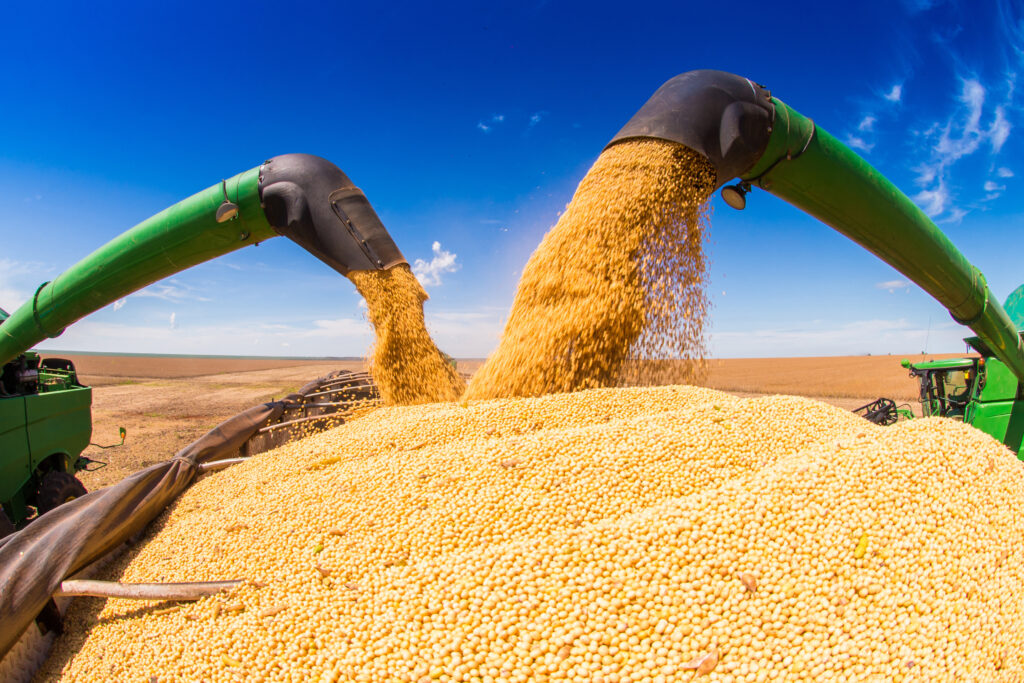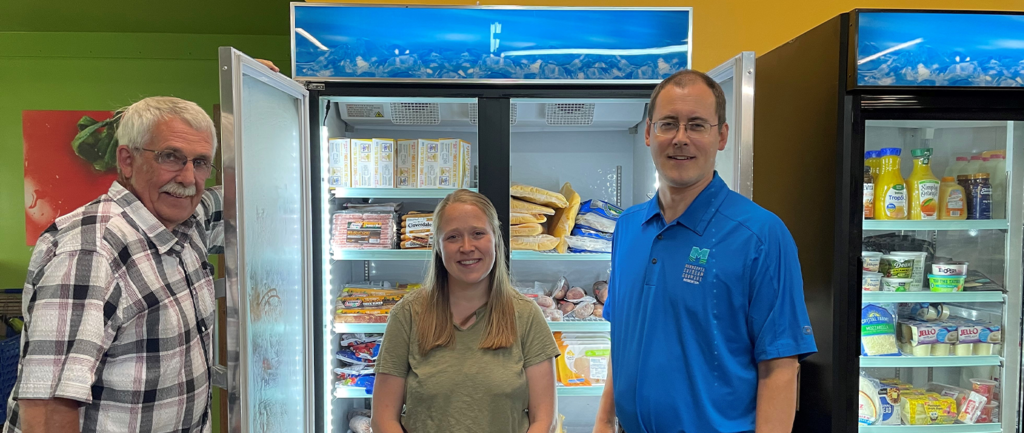Darfur Fire Department volunteer Dale McMullen didn’t take long to contribute to the team. In early 2019, soon after he joined the department, McMullen, a Pioneer sales rep based in southern Minnesota, took notice of Corteva Agriscience’s pledge to donate grain rescue tubes to select U.S. fire stations.
“It seemed like something that would really benefit our community,” said McMullen, who decided to join the fire department after several first responders retired. “You hear stories about people getting trapped in grain bins and there’s always a hope that a first responder can do something in that situation.”
McMullen applied for a rescue tube and received word a few months later that his southern Minnesota fire department, along with 19 other stations throughout the country, would be receiving lifesaving grain rescue tubes.
“You hope you never have to use it, but you never know, especially since we’re in a heavy agriculture region,” said McMullen, who also farms in Cottonwood County. “This is a really cool opportunity not only for ourselves, but something we can share with neighboring fire departments. It’s a huge honor.”

In August, Brad Kruse, a safety and rescue instructor with the National Education Center for Agriculture Safety, arrived in Darfur to teach about a dozen first responders the basics of learning to use a rescue tube. The stakes, Kruse says, couldn’t get much higher.
“This is between life and death when you look at it,” Kruse said. “These rescue tubes can save lives.”
The grain tube is made of six panels, dubbed “the Great Wall,” that slide into place around the victim. Once inserted, the tube halts the flow of grain and relieves the pressure on the trapped individual. One cubic foot for grain weighs 50 pounds; without the tube, grain can continue to collapse the victim as rescuers remove it.
“You’ve got to make sure you take the time to go through, keep it simple and learn how to work this equipment,” Kruse told the first responders.
Prior to a hands-on training outside the fire station, Kruse delivered a classroom presentation to about a dozen firefighters on the rescue tubes. The highest rate of grain bin accidents, he says, occur in January and June.
“These are awesome tools, but please respect them,” he said.
Darfur Fire Chief Matt Bowman says the rescue tubes help fill a growing need in his department in Watonwan County, which has nearly 500 farms covering more than 250,000 acres.
“Most people have heard of someone trapped in a grain bin and asphyxiated, and until now we haven’t had the proper equipment to do a rescue properly to save someone,” he said. “As a firefighter, you wonder when we’ll need one of these. Now, thanks to Corteva, we have a huge piece to the puzzle, and the equipment to start the rescue mission.”







